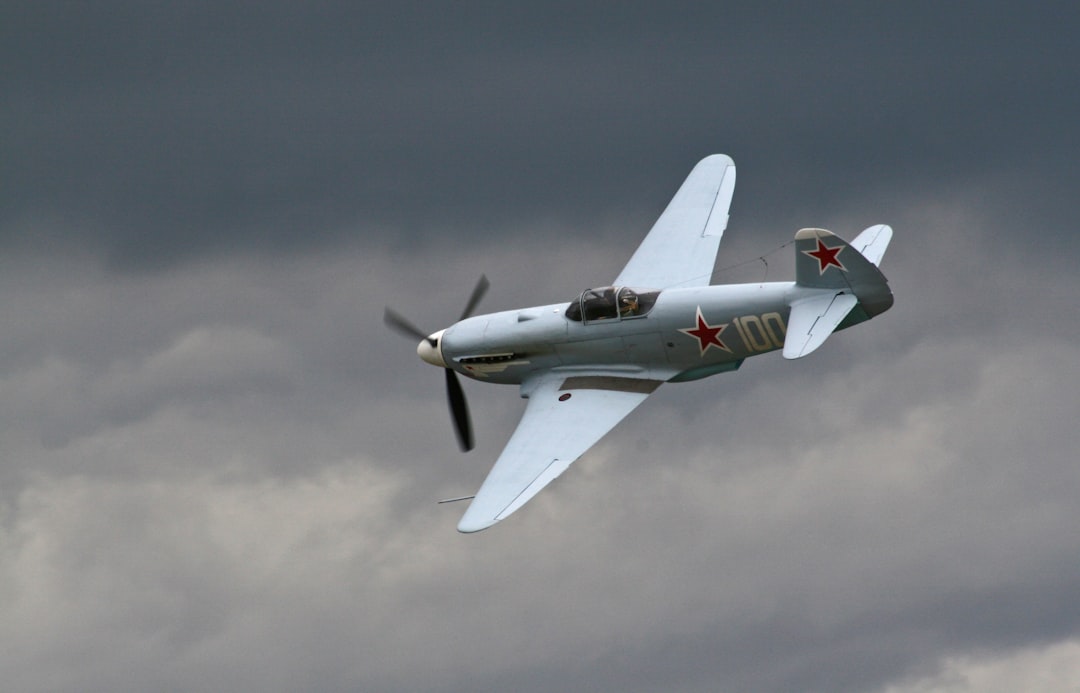What is it about?
This article focuses on how mode and genre shaped the formal and narrative possibilities in The Tripods, which was broadcast on BBC-1 in the mid-1980s. It explores how series one and series two of The Tripods are substantially different from each other and offers an approach that attempts to explain the complex ways in which generic boundaries are made to operate within television. Such an approach can offer insight into how modifications in mode were a desire to replace an existing ailing show, Doctor Who, with one that would be successful because it fitted the existing industrial model of televisual flow. However, it ultimately failed because it deployed a strategy of visual distinction in contravention of the prevailing industrial televisual model.
Featured Image
Why is it important?
Such an approach can offer insight into how modifications in mode were a desire to replace an existing ailing show, Doctor Who, with one that would be successful because it fitted the existing industrial model of televisual flow. However, it ultimately failed because it deployed a strategy of visual distinction in contravention of the prevailing industrial televisual model.
Perspectives
The modification of The Tripods from an adventure show that addressed a general television audience to one that specifically addressed fans of science fiction demonstrates how shifts in genre can be linked to wider arguments to do with the increased complexity of the television image and a strategy of visual distinction as an example of the ‘era of availability’ on British television.
Dr Max Sexton
University of Surrey
Read the Original
This page is a summary of: The Tripods: Distinction, Science Fiction and the BBC, Journal of British Cinema and Television, July 2016, Edinburgh University Press,
DOI: 10.3366/jbctv.2016.0330.
You can read the full text:
Contributors
The following have contributed to this page










